Primary Image: Rosario Bentivegna and Carla Capponi. Retrieved from Wikimedia Commons.
On the afternoon of March 23, 1944, Rosario Bentivegna moved through the streets of central Rome. Clad in the blue outfit of a sanitation worker and pushing a garbage cart, the 22-year old looked inconspicuous. Bentivegna paused outside No. 156 on Via Rasella, a one-way, cobblestone street not far from the famed Spanish Steps and Trevi Fountain. There he awaited his targets.
The targets did not disappoint. A column of Nazi Order Police came up the street. These were SS-led security personnel mostly recruited from South Tyrol, formerly Austrian territory that Italy annexed after World War I. Three abreast and more than 150 strong, they sang as they marched back from a shooting range. These policemen always took the same route to their barracks. Bentivegna was ready for them.
Once a medical student, Bentivegna (1922-2012) had joined the illegal Communist Party of Italy (PCI) in 1943. Subsequently he joined a Patriotic Action Group (GAP), a Communist-led resistance organization belonging to the broad anti-fascist Committee of National Liberation (CLN). In the clandestine GAP, Bentivegna found comradeship with an astonishing group of young people dedicated to overthrowing fascism as a first step toward building a new, liberated society in Italy.
Among them was his future wife, Carla Capponi (1918-2000). Both Capponi and Bentivegna had grown up under Benito Mussolini’s dictatorship. They had watched Mussolini bind their country’s fate to Adolf Hitler’s war—with disastrous results. Like so many of their peers, they broke with the Fascist worldview and embraced Marxism with its call for creating a new social order based on freedom, equality, and solidarity.
The PCI’s leader, Palmiro Togliatti, had insisted that socialism must be erected through parliamentary means, winning elections, and forging a mass base for radical institutional and social change. Thus, the PCI joined the Committee of National Liberation and cooperated with liberals, Catholics, and monarchists in a common struggle to eject the German occupiers and destroy the Italian Social Republic (the puppet government headed by Mussolini in northern Italy).
Within the GAP, Bentivegna used the code-name “Paolo” and Capponi went by “Elena” (after Helen of Troy). As the Allied forces pushed toward Rome after the Anzio landings, Bentivegna, Capponi, and their comrades settled on a daring and radical plan to degrade the Nazi enemy’s strength in the capital. They chose March 23, the twenty-fifth anniversary of Mussolini’s founding of the first Fascist organization in Milan, as the day of action. The plan required the most careful preparation and a willingness to risk not only their lives but those who had nothing to do with it.
Thirty years after the event, Bentivegna reconstructed for Peggy Polk, an American journalist with United Press International, what transpired on that spring afternoon. He was to strike first. The garbage cart he rolled contained a deadly surprise for the Nazi occupiers—40 pounds of TNT. As the Order Police ascended Via Rasella, “Paolo” did his part. Polk wrote this of his act: “Bentivegna touched a match to the tobacco crumbs and paper in his pipe, put the pipe to a fuse leading to the cart and walked briskly away.” Once detonated, the TNT unleashed hell on Via Rasella.
The blast shattered the afternoon calm, leveling much of the Order Police column. Several more blasts from Bentivegna's comrades in the GAP at the bottom of the street hit those policemen who panicked and ran when the bomb went off. Some of them fired wildly at the surrounding homes. The ferocity of the explosions immediately killed 28 of the Order Police. More than 100 were wounded. Author Robert Katz described the grisly scene in his The Battle for Rome. According to Katz, blood, bodies, and severed limbs littered Via Rasella. Bentivegna, Capponi, and the rest of the team quickly melted into the crowds. Five more policemen died soon after the attack. Research by the United States Holocaust Memorial Museum puts the ultimate death toll at 42 Nazi Order Police. Tragically, two Italian civilians, one of them only 13, also died.
Bentivegna’s memories of his deed remained powerful decades later. As he told Polk in 1974, he experienced a rapid switch of emotional response. “First a great fear, then a great calm, an enormous lucidity. There was a great sense of letting go.”
The calm was terribly brief. Bentivegna and the GAP did not suffer from naiveté. What had they heard of previous German reprisals, such as Lidice after the assassination of Reinhard Heydrich? How much had they learned about the mass executions carried out in the Soviet Union, Greece, and Yugoslavia for partisan activity? No matter what they actually knew of these horrors, Bentivegna, Capponi, and the team expected the worst from the German occupiers. And they got it.
Vengeance for the attack was swift and draconian. After receiving permission from Hitler himself, Herbert Kappler, the SD (Security Service of the SS) Chief in Rome, immediately ordered massive retaliation. The reprisal he called for entailed the execution of ten Italians for every policemen killed. This meant putting 330 people to death. No protests came from the Wehrmacht. Both Lieutenant General Kurt Mälzer, commander of the army in Rome, and Colonel General Eberhard Mackensen, head of the 14th Army, supported the horrendous proposal. So did Field Marshal Albert Kesselring, supreme commander of German forces in Italy.
The majority of the victims taken by the SD were Italians already serving prison sentences, many of them for their activities in the Resistance. After the Nazis finished rounding up the hostages, they held 335 men, five over the quota. 75 of them were Jews. Some were just grabbed randomly off the streets of Rome. The youngest was 15, the oldest over 70. Not a single one of them had any direct connection to the bombing.
The next day, March 24, the SD brought them to the Fosse Ardeatine (Ardeatine Caves) on the outskirts of Rome. There the early Christians had buried their martyrs. This place, so tied to the history of persecution, became a new site of mass death. Kappler denied priests permission to tend to the hostages before they were murdered. He entrusted the killing to his subordinates, Erich Priebke and Karl Hass. In groups of five, the victims were dragged into the caves. And shot in the back of the head. Each group of the condemned knelt on the corpses of the slain. Priebke crossed off their names from a list as the hostages entered. It was sheer butchery. 335 people were murdered without hesitation, without mercy, and without a sign of remorse.
When the shooting concluded, the Nazis set off explosives to seal the caves. Kappler, who was later sentenced to life imprisonment for his order, felt gratified. Revenge had been quickly and pitilessly taken.
The Ardeatine Caves Massacre, as it became known, remained hidden until after the United States 5th Army liberated Rome on June 4, 1944. Then the atrocity came to light. Attilio Ascarelli, an expert in forensic medicine, led the effort to exhume and identify the dead. On July 26, 1944, they set to work. Remarkably, Ascarelli’s team determined the identity of 326 of the 335 victims.
In the meantime, on June 7, 1944 British General Harold Alexander called on the Italian people to rise up against the Germans. Bentivegna, Capponi, and the GAP had not needed a summons from the Allied military to fight. Their war against Hitler and Mussolini had begun long before. In fact, the CLN had called for fighting to resume only a week after word reached it about the killing of the hostages. Alexander’s call did rouse thousands, though, to join the GAP and the CLN’s struggle.
It was to be a lengthy and bloody war of attrition north of Rome over the next ten months. The slaughter in the Ardeatine Caves marked only the beginning of fanatical retribution perpetrated by German military and Nazi security personnel. Italian Fascists, still loyal to Mussolini, preferred to kill their fellow countrymen alongside the Germans than resist them. As partisan assaults increased, massacre became an organizing principle in the Third Reich’s war in Italy. Kesselring issued a decree on June 17 holding the general population responsible for acts of resistance.
The result became a type of warfare which eviscerated distinctions between civilians and combatants. Places like Civitella della Chiana, San Pancrazio, Gebbia, Burrone, and Sant' Anna di Stazzema were devastated by German reprisals. Historian Michael Geyer, who has documented much of this terror, says of the brutal measures against the Italian resistance that they reflected an “admission that the war was lost and that the partisan situation was out of control because the war was lost.” Still, the Hitler regime refused to relinquish control over northern Italy. World War II in the Italian peninsula did not cease until the closing days of April 1945.
After the war, Bentivegna and Capponi remained faithful to the PCI’s gradualist vision of socialism. They both served as deputies in the Italian parliament. Though he eventually went to court because of the civilian deaths (he was cleared of the charges), Bentivegna did not express regret for the bombing. He defended it as a legitimate act of resistance against a vicious, genocidal, occupying power. His courage and that of his comrades should never be forgotten. The bombing showed that Italians would fight fiercely for their freedom from Fascism. In Italy, the GAP’s deed and the German massacre which followed certainly have not been neglected . To this day, March 24 is a day of remembrance and mourning.
Jason Dawsey, PhD
Jason Dawsey, PhD, is ASU WWII Studies Consultant in the Jenny Craig Institute for the Study of War and Democracy.
Cite this article:
MLA Citation:
APA Citation:
Chicago Style Citation:
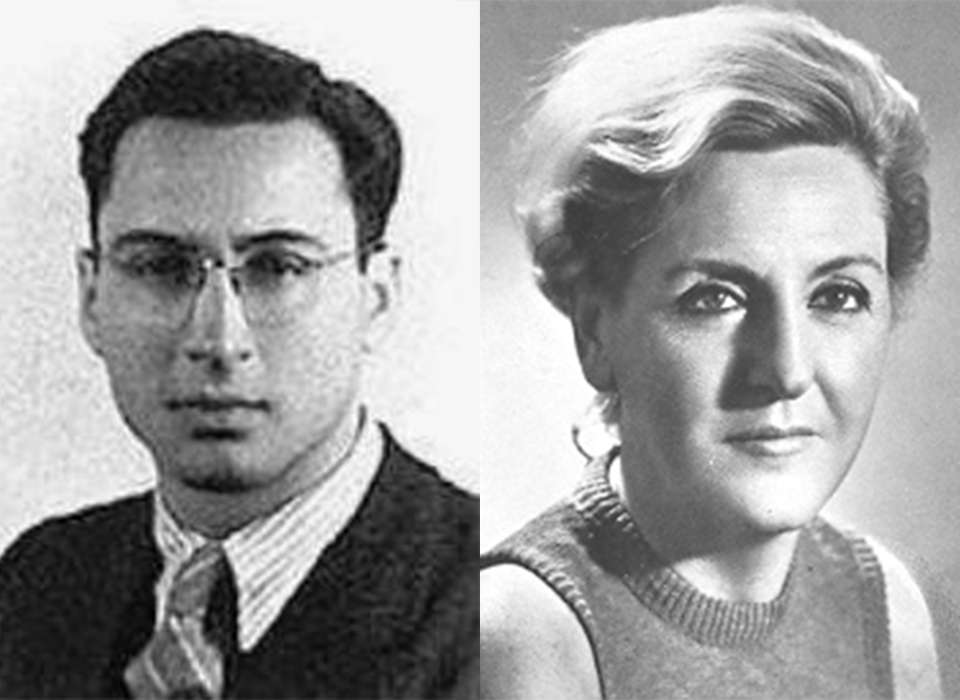
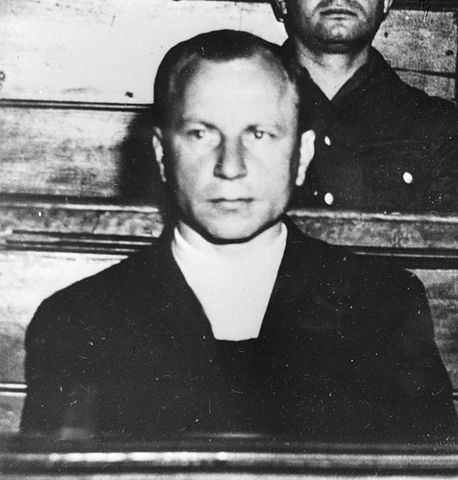
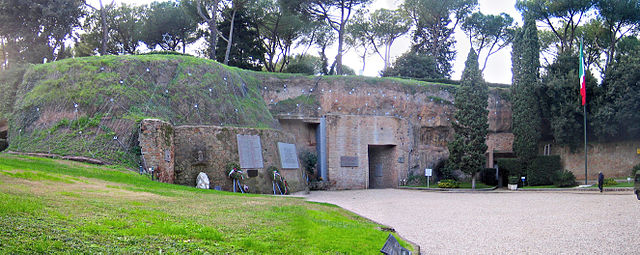

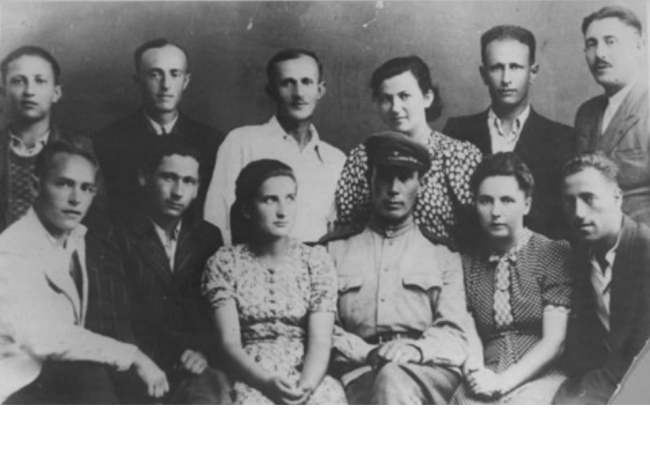
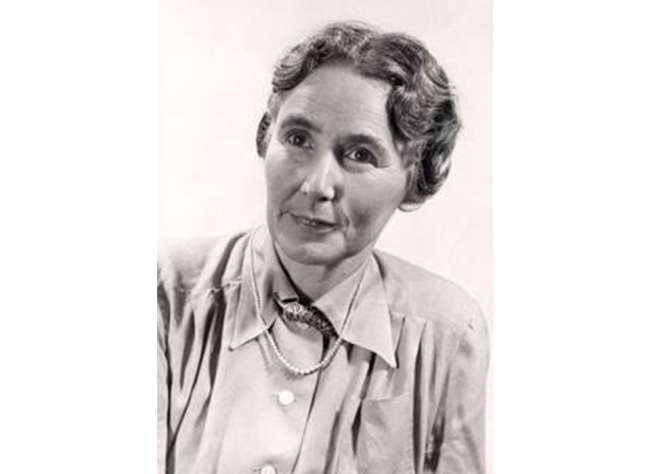
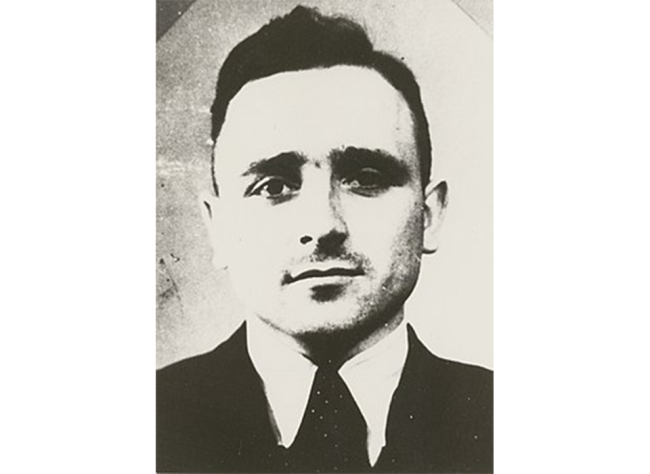
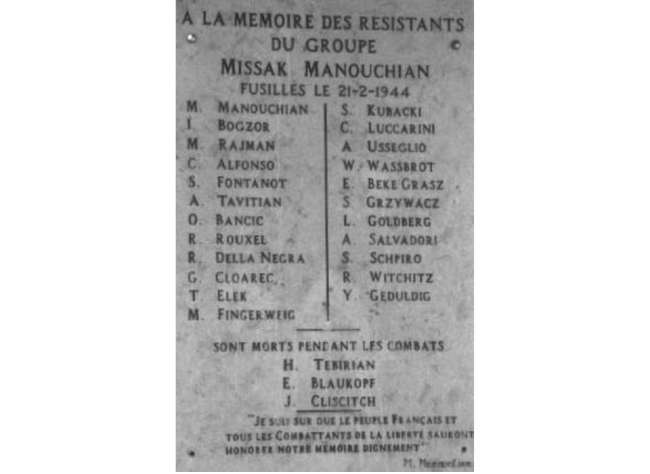



![Max Fuchs, New York City cantor, sings as Rabbi Sydney [sic] Lefkowitz, Richmond, VA, conducts the first Jewish services from Germany.](/sites/default/files/styles/max_650x650/public/2025-10/image1.jpg)



